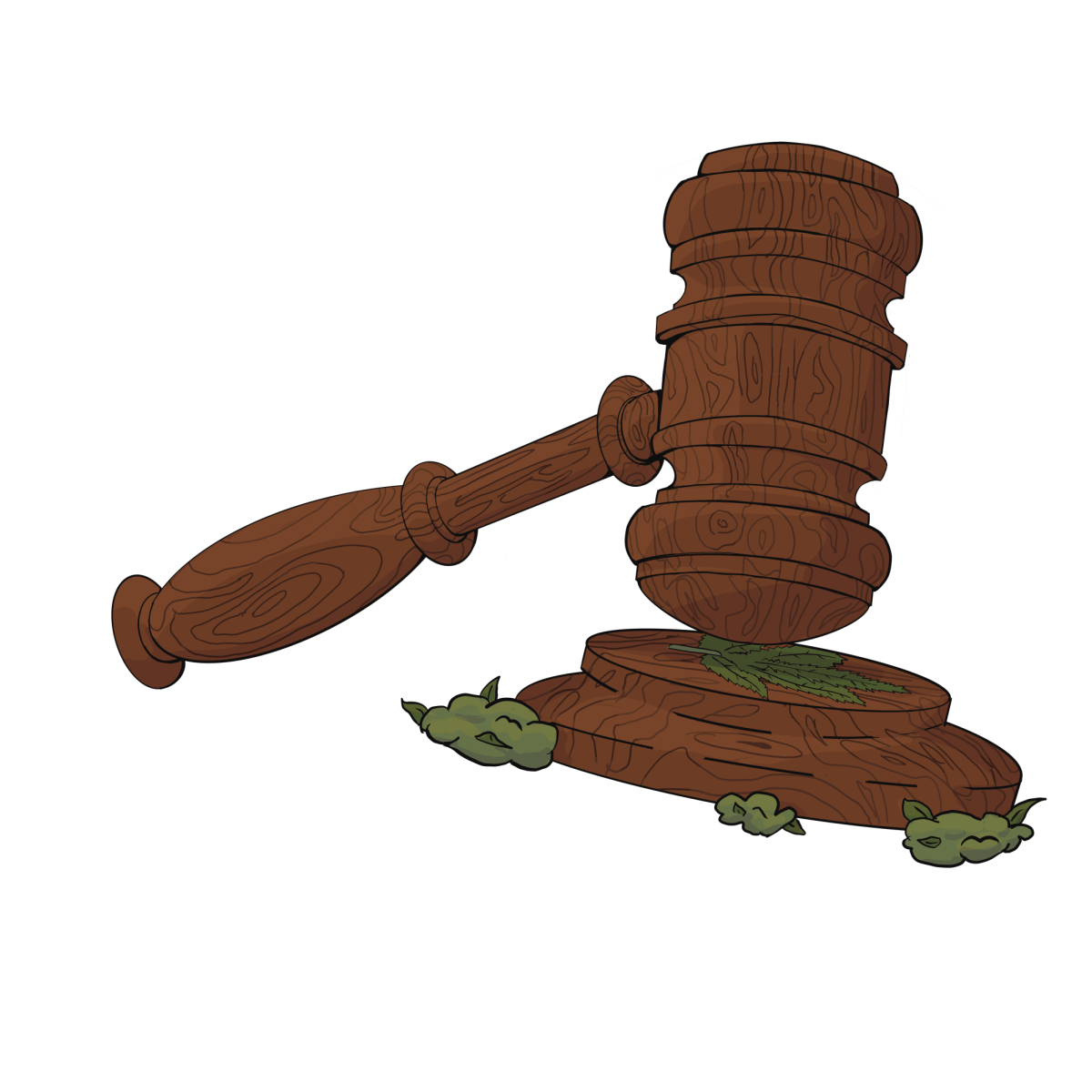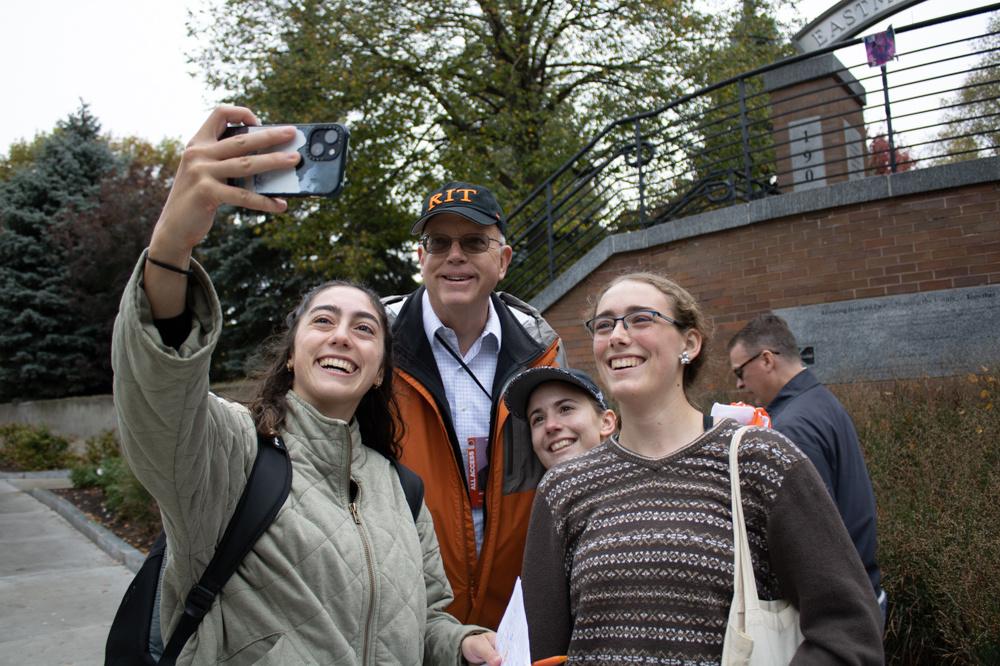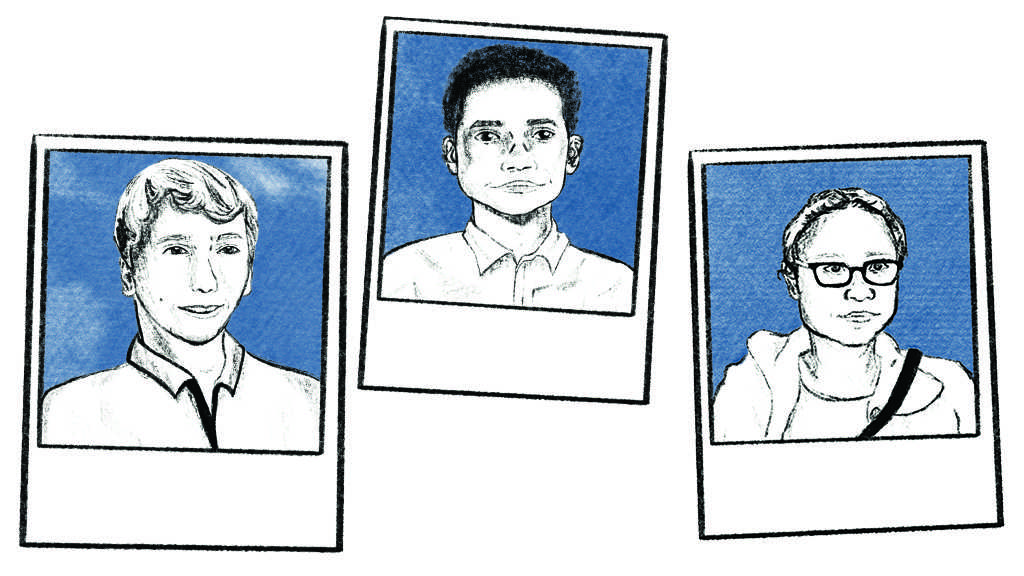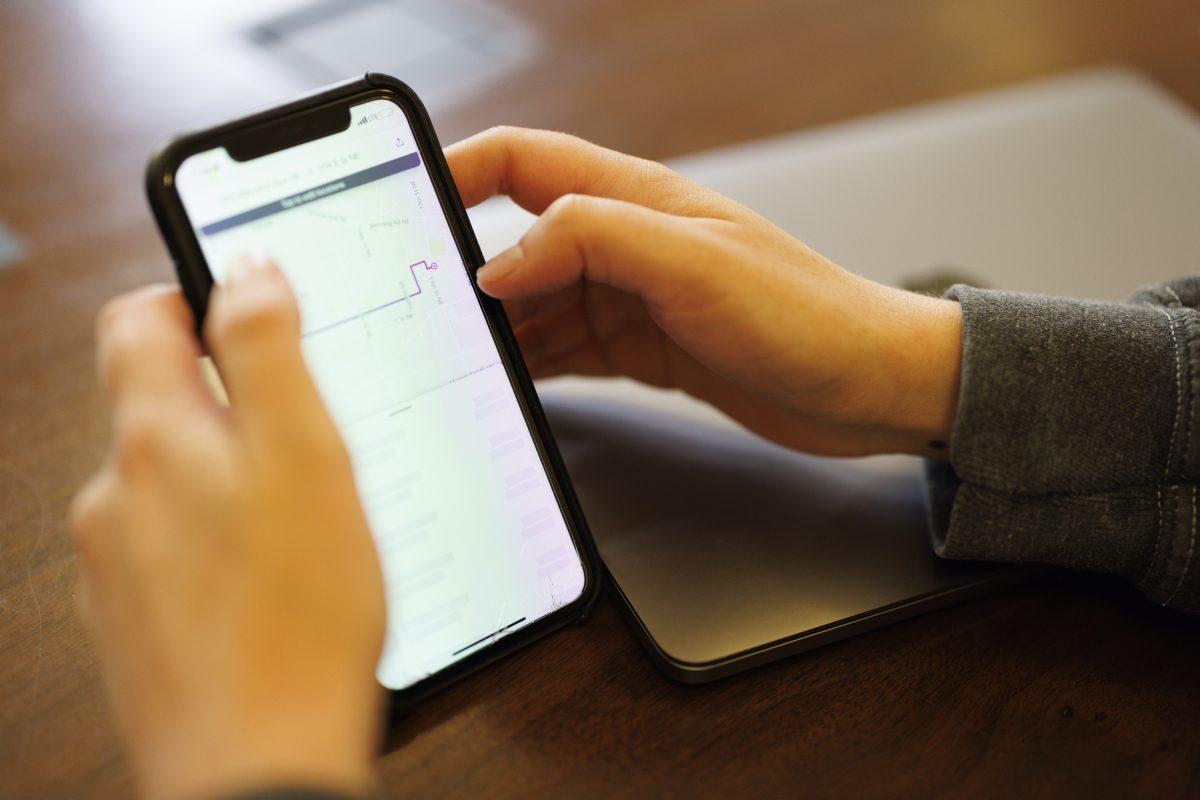Every fall, the residents of 70 countries worldwide move their clocks back an hour. Six months later, they move their clocks forward an hour. This ridiculous practice is known as Daylight Saving Time (DST). Why do we do this? Most Americans would say that this practice was invented by Ben Franklin as a way to help out farmers — but when asked how exactly changing the clocks helps farmers, most would lapse into a confused silence. In fact, there is no good reason why we continue to observe DST because the practice ultimately does way more harm than good.
DST was finally codified into law in Europe and the United States due to World War I. The faint possibility that DST might free up any amount of money that could be spent instead on the war effort meant that politicians could easily push DST through the legislature in the name of patriotism. DST, a byproduct of World War I-era jingoism, has remained ingrained in our society for over a century. The benefits touted by the original proponents of DST — energy conservation, increased physical activity of the population and support for farmers — are still touted today. The problem is that, in reality, these benefits are questionable at best and actually harmful at worst.
The “Benefits” of DST
Waking up earlier might have saved Ben Franklin some money on candlelight, but there is no evidence that DST saves Americans money in energy costs today. One 2007 literature review conducted by Canada’s national research and technology organization found that, at best, DST reduces Canadian national electricity usage by less than one percent. However, one 2017 meta-analysis of 44 different studies from across the United States and Europe found that DST does not save any amount of energy whatsoever, and a study of Indiana’s 2006 adoption of DST found that DST actually wastes energy.
There is also no evidence that DST increases physical activity — at least, not amongst Americans. The conventional wisdom is that people would take advantage of an extra hour of daylight in the evenings by going outside, enjoying nature and exercising. DST even seems to cause TV ratings to decline, in theory because the time shift entices every couch potato to head outdoors and soak up the extra hour of sun. However, a 2014 study of 23,000 children found that DST increases the physical activity of Australian and European children by a very small amount, but has no effect on the physical activity of American children. Another 2014 study from the University of Utah confirmed that DST had no effect on the physical activity of adult residents of Colorado, New Mexico, and Utah. When given an extra hour of sunshine, people are far more likely to go out shopping than to go outside.
The idea that DST is somehow beneficial to farmers has persisted for over a hundred years. However, farmers have been against DST since the beginning. In 1917, the Boston Chamber of Commerce launched a campaign lobbying for DST, circulating a pamphlet that laid out the benefits that DST would bring for all. 10 of these benefits were specific to farmers, and they were complete nonsense.
“Fruit and vegetables and many agricultural products handled early in the morning are far superior to those which the sun has been shining on for some time,” the pamphlet stated confidently.
Obviously, the time at which you handle a fruit has no impact on its quality. Farmers in 1917 were just as baffled by this bizarre proclamation as they were by the entire idea of DST. Farmers arose with the sun regardless of the time displayed on their alarm clocks; DST would only mean that a 7 a.m. delivery of fresh milk would now be expected at 6 a.m. Not only would farmers have to wake up even earlier than usual, but their cows, who were accustomed to being milked every 12 hours, would not be able to produce as much milk immediately after the time shift. In 1926, the Massachusetts State Grange even sued the state of Massachusetts, claiming that DST had cost farmers $20 million. In short, DST has no benefits whatsoever for farming — just as it has no benefits whatsoever for energy conservation or physical activity.
Harmful to Your Health
DST but it also causes a lot of harm to health in some surprising ways. Your sleep cycle is governed by your innate circadian rhythm, which is controlled in part by the sunlight you receive throughout the day. When the clocks change, this circadian rhythm is disrupted, causing sleep deprivation. Basically, DST gives the entire world jet lag twice a year. Even the coveted extra hour of sleep that DST grants us in the fall can mess with our sleep schedule and cause some serious side effects.
The sleep disruptions that DST brings in both the fall and spring can be highly stressful to your body. This is why DST time shifts are associated with a sharp uptick in both strokes and heart attacks. DST is also associated with an increase in car accidents. Moderate sleep deprivation can cause cognitive and motor impairment equivalent to having a blood alcohol concentration of 0.05 percent — essentially, after the clocks change, everyone on the roads during your morning commute has had a drink or two. This, combined with the confusion that may ensue when drivers suddenly have to drive in light conditions they’re not used to — complete darkness or dazzling sunlight — significantly increases the number of car accidents that occur immediately after the time shifts and for a week or more afterwards. One 2016 study from the American Economic Journal found that fatal car accidents associated with DST have an annual $275 million social cost.
DST can also affect health in ways that are harder to measure; for example, evidence shows that DST severely impacts mental health. Sleep deprivation can cause or exacerbate many mental health disorders, including depression, bipolar disorder, anxiety and ADHD, and vice-versa — that’s one reason why sticking to a regular sleep schedule is hugely important. Not a lot of scientific studies have been conducted on the link between DST and psychiatric problems, but one influential 2008 study found a significant increase in suicide rates in the weeks following the fall time shift compared to the rest of the fall season. The changes in sunrise and sunset times and the sudden shock to the circadian rhythm that go along with DST time shifts can also have a severe impact on people with seasonal affective disorder (SAD).
SAD, also known as seasonal depression or the rather patronizing term “the winter blues,” is a form of depression that occurs seasonally, most often during the winter. At first, SAD can seem made up or overblown — don’t we all get a bit bummed out when we have to wear three or four layers just to not die on our way to class, or when we look out the window at 4 p.m. and see that it’s already pitch black outside? Of course we do! Winter is terrible, especially in Rochester. It’s when these feelings of depression start to overtake your life that SAD becomes a serious problem.
I’ve had SAD my entire life. I know from my own 23 years of experience that, when the clocks change, my mood gets screwed up for weeks. “Springing ahead” is really difficult; two or even three weeks after losing that hour of sleep, I’ll still find myself exhausted no matter how much rest I get, completely unable to concentrate and overly emotional. However, losing sunlight in the evening after “falling back” can be just as hard — I experience the same symptoms within a week or so of the time shift. Scientific studies have confirmed my personal experience; a 2017 study from the University of Copenhagen found that “falling back” was associated with an 11 percent increase in reports of seasonal depression.
So why on Earth do we still change our clocks twice a year?
Money, Honey
Inertia is one likely reason; once society gets used to a certain practice, it’s hard to stop it. But the largest reason that we still have DST is, of course, capitalism. In 1986, several corporate lobbies successfully extended DST from six months to seven months. The grill and charcoal industries claimed this would bring them an extra $200 million, and the golf industry estimated an extra $400 million. Michael Downing, author of “Spring Forward: The Annual Madness of Daylight Saving Time,” speculates that the candy lobby was partially behind the 2005 extension of DST to include Halloween, on the basis that an extra hour of daylight for trick-or-treating would boost candy sales. The petroleum industry, too, stands to benefit from DST, as an extra hour of sunlight in the evening encourages people to drive more and to run their air conditioners for longer during the summer.
This is not a new phenomenon. From the beginning, DST has been a mechanism to get people to spend more money. One of the first campaigns for DST was launched by the Boston Chamber of Commerce in 1917 as a way to increase retail spending during the extra hour of daylight. To this day, businesses bemoan the end of DST in fall and the 3.5 percent decrease in retail spending that it brings, seemingly forgetting that this slight slump in revenue will soon be followed by the three-trillion-dollar consumerist spend-a-palooza that is the holiday season.
The fact that DST has lasted for over a century is truly absurd. Scientific studies have shown that the benefits of DST are mythological at best, and that the harm that DST brings is very real. I hope that someday soon we will abolish DST once and for all. However, I do understand that our society today is facing some issues that are far, far more grave than DST, so I can be patient. Until then, you can find me huddled around my light therapy box, desperately trying to alleviate the symptoms of my SAD.







